Cool Down, Columbia: Staying Safe and Fighting Back Against Extreme Heat
by Katie Schreiber for SCPHA Smart Surfaces
School’s out and summer is officially in the air! While this season brings long days, beach trips, and maybe even a great tan, it’s also a time to be mindful—especially here in Columbia, where the heat is more than just a backdrop. Our famously high temperatures and intense humidity can pose serious health risks if we’re not careful.
Extreme Heat: Know the Risks
If you’ve spent even a single summer in Columbia, you know it’s not just hot—it’s hotter than hot. When temperatures soar, your body can struggle to regulate itself, putting you at risk for heat-related illnesses like heat exhaustion and heat stroke. Here are key warning signs to watch for:
Heat Exhaustion Symptoms:
• Heavy sweating
• Cold, pale, clammy skin
• A fast but weak pulse
• Nausea or vomiting
• Dizziness or fainting
Heat Stroke Symptoms (More Serious):
• High body temperature (103°F or higher)
• Hot, red, damp or dry skin
• A fast and strong pulse
• Confusion or unconsciousness
If you or someone you know shows signs of heat-related illness, move to a cool, shaded place immediately, hydrate, and call 911 in severe cases. The good news? Heat-related illnesses are largely preventable. Here’s how to stay safe:
• Avoid outdoor activities during peak heat (typically 11 a.m. to 4 p.m.)
• Take frequent breaks in the shade
• Drink plenty of water
• Wear lightweight, light-colored clothing
• Never leave children or pets in parked cars
Columbia’s Heat Problem: It’s Bigger Than You Think
Beyond personal safety, there’s a bigger heat story unfolding in our city. A recent study from the University of South Carolina found that downtown Columbia can be up to 18.5°F hotter than surrounding areas. That’s not just uncomfortable—it’s dangerous. This phenomenon is called the Urban Heat Island Effect, and it’s caused by replacing natural green spaces with heat-absorbing infrastructure like asphalt roads and concrete buildings. Tall structures trap heat, while the lack of trees and vegetation means there’s little natural cooling or shade.
A Smarter, Cooler Columbia Is Possible
Here’s the hopeful part: we can fight back. With smart surface technologies, we can reduce surface temperatures in urban areas—and protect our communities in the process.
Smart surfaces include:
• Solar panels (generate energy and reduce heat)
• Rain gardens and green roofs (absorb rain and cool the air)
• Trees and expanded green spaces
• Porous pavement (allows rain to soak into the ground, reducing both heat and
flooding)
These aren’t just theoretical solutions—they’re real, accessible, and already being implemented by local organizations right here in Columbia. But change happens faster when the whole community gets involved.
What You Can Do
You can be part of the solution by:
• Supporting urban greening projects in your neighborhood
• Advocating for heat-reducing policies in city planning
• Volunteering with or donating to local environmental groups
• Planting trees and native plants in your yard
• Staying informed and sharing knowledge with friends and family
Summer in Columbia doesn’t have to be something we just survive—it can be something we thrive in. Let’s protect ourselves, support our neighbors, and take steps together to cool our city for good.

